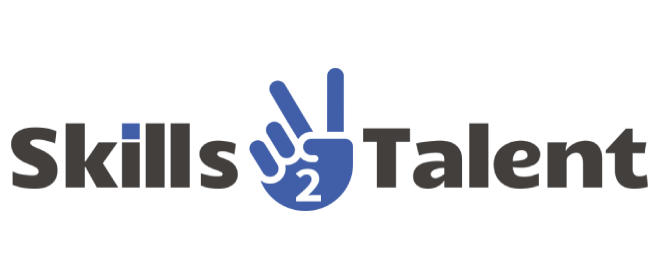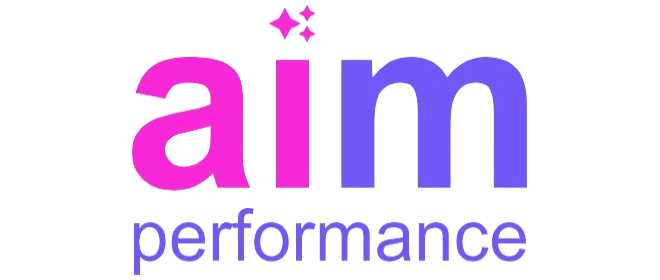Performance management is often viewed solely as a tool for driving productivity and ensuring goal alignment. However, its potential extends far beyond workplace metrics, particularly for blue-collar employees. A well-designed performance management system (PMS) can act as a bridge to better financial planning, offering insights and opportunities that improve employee’s economic stability.
In this blog, we explore how performance management enhances financial planning for the blue-collar workforce. Through structured feedback, goal-setting, and technological integrations, PMS can pave the way for financial literacy, stability, and growth.
Building a Foundation for Financial Awareness
For many blue-collar workforce, financial planning may seem like a distant concept. A good PMS begins by fostering awareness. Through transparent communication about earnings, bonuses, and benefits, employees gain a clearer picture of their financial standing.
Additionally, performance reviews provide opportunities for managers to discuss not just work outcomes but also monetary incentives tied to performance. This dual focus helps employees connect their efforts with tangible financial rewards, motivating them to engage in planning.
Aligning Goals with Financial Growth
Performance management thrives on goal alignment. For blue-collar workforce, personal financial goals can seamlessly integrate with professional targets. For example, achieving a certain performance milestone might lead to salary increments or bonuses that align with savings objectives.
Moreover, setting SMART goals within a PMS ensures that these objectives are realistic and time-bound. This structured approach helps employees plan financial steps, such as paying off loans or building emergency funds, tied to their expected earnings.
Incentivizing Savings Through Performance-Based Rewards
Incentives are a cornerstone of any robust performance management system. For blue-collar employees, tying rewards like bonuses or profit-sharing to specific performance metrics encourages not just productivity but also financial responsibility.
These rewards can be structured to promote savings habits. For instance, employers can partner with financial institutions to create savings plans directly linked to performance incentives. This approach ensures that improved work performance directly benefits employees’ financial futures.
Leveraging Technology for Financial Planning Insights
Modern performance management systems integrate seamlessly with financial tools. By using dashboards and mobile apps, blue-collar workforce can track their earnings, incentives, and other benefits in real time. This visibility encourages better financial decision-making.
Additionally, PMS platforms can incorporate financial planning resources, such as budgeting templates or investment calculators. These tools empower employees to make informed choices about how to allocate their income and rewards effectively.
Promoting Financial Literacy Through Training
Performance management isn’t limited to reviewing outputs; it also involves skill development. Incorporating financial literacy training into the PMS framework equips blue-collar employees with the knowledge needed for effective financial planning.
Workshops or online training sessions on topics such as budgeting, debt management, and retirement planning can be tied to performance milestones. This creates a cycle where employees are motivated to perform better and, in turn, gain valuable skills to secure their financial futures.
Fostering Job Security and Long-Term Financial Planning Stability
Job security is a significant factor in financial planning. A strong performance management system ensures that employees receive regular feedback and have clear career progression paths, reducing uncertainties about their roles.
With enhanced job security comes the confidence to engage in long-term financial planning. Employees are more likely to invest in assets like homes or education for their children when they trust their employment stability.
Creating Opportunities for Upskilling and Career Growth
Career growth directly influences earning potential. A PMS that prioritizes skill assessments and upskilling opportunities ensures that blue-collar workforce remain competitive in a dynamic job market.
Higher skills often translate to better pay, which supports financial planning. For instance, a forklift operator trained to handle advanced machinery may earn higher wages, enabling them to save more or invest in long-term goals like retirement funds.
Encouraging Collaborative Financial Planning Through Team Metrics
Team performance metrics often form a significant part of blue-collar work environments. A well-implemented PMS emphasizes collaboration, allowing teams to achieve collective financial goals such as profit-sharing bonuses or group incentives.
These team-based rewards foster a culture of shared responsibility, where financial planning becomes a collaborative effort. Employees learn from one another’s financial strategies, fostering a sense of community and shared success.
Supporting Families Through Tailored Benefits
For many blue-collar workforce, financial planning extends to their families. A PMS that includes benefits like health insurance, educational scholarships, or family support programs directly impacts their ability to plan for the future.
Employers can further support family-oriented financial planning by providing insights into how performance-related rewards can fund family needs. This holistic approach strengthens employee loyalty while ensuring that their households remain financially secure.
Conclusion: A Roadmap to Financial Planning
Performance management is more than a tool for monitoring productivity. For blue-collar workforce, it serves as a gateway to financial planning, providing the resources, insights, and incentives needed to build stable and prosperous futures.
As organizations continue to refine their PMS frameworks, integrating financial support and literacy into performance reviews and reward systems will prove invaluable. The result is a workforce that’s not just productive but also financially empowered.











